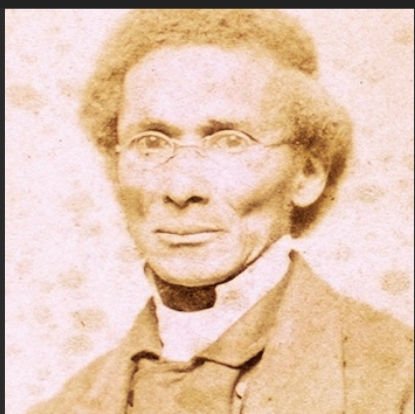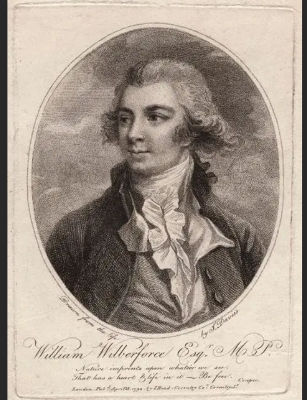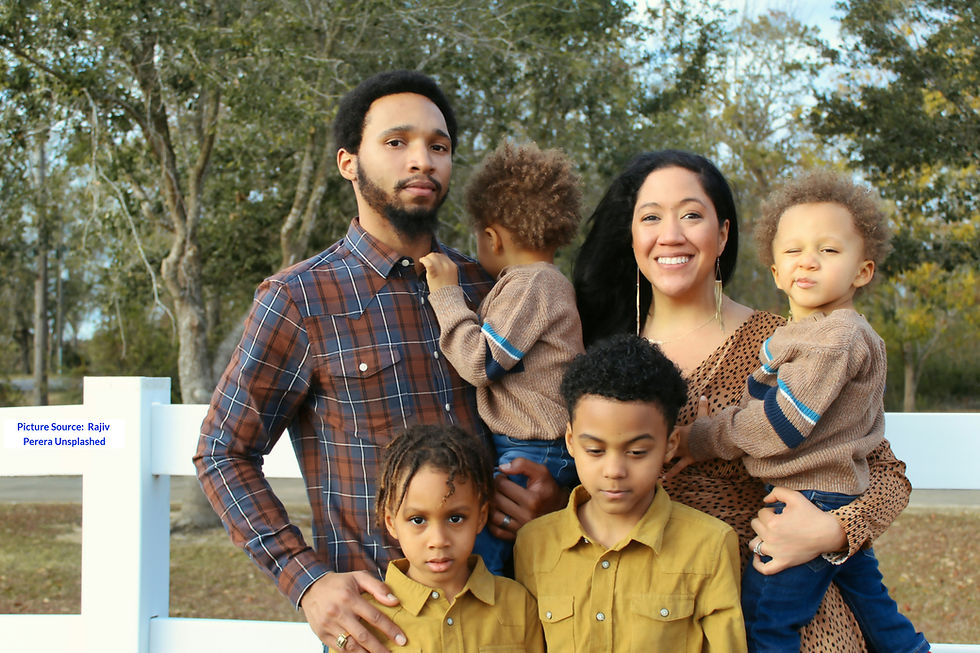A Triangle of Hope in Ohio: Wilberforce, Central State, Payne Seminary
- Wilberforce University

- Oct 9
- 7 min read
October 8, 2024
HBCU History
By Mrs. Lena Fields-Arnold

In the rolling hills of Greene County, Ohio, three institutions rise like pillars of light: Wilberforce University, Payne Theological Seminary, and Central State University. Alone, each is extraordinary; together, they form a legacy of defiance, learning, faith, and resilience. Their histories are intertwined—rooted in abolition, in theological calling, in public mission—and their futures depend on one another as much as on their own strength. They are a triangle of hope, sustaining mind, spirit, and community.
Wilberforce University: The Seed of a Bold Idea
In 1856, amid a nation divided by race, slavery, and fear, a courageous idea took root. Wilberforce University was founded as a private historically Black institution—owned and operated by African Americans—named for William Wilberforce, the British abolitionist whose life affirmed that boldness could change history. It was a time when educating Black people was not just discouraged—it was often illegal. Yet those men and women who believed in equality built something bold and enduring.

After the outbreak of the Civil War forced Wilberforce to close briefly in 1862, Bishop Daniel Alexander Payne—an African Methodist Episcopal Church leader—negotiated to purchase its buildings and reopened the university in 1863. Payne became the first African American to serve as president of an institution of higher learning in the United States. Under his leadership, Wilberforce opened its doors with six students and carried a debt of $10,000—but even that did not deter its mission.
Through fire, neglect, war, and economic hardship, Wilberforce persevered. In 1865, it suffered a devastating fire; in 1974, a tornado—part of the Super Outbreak—leveled vast parts of the region, striking Wilberforce and neighboring Xenia, doing massive damage to Wilberforce and Central State. Buildings destroyed, lives disrupted, futures uncertain. But like the oak, these institutions bent and rebuilt. For Wilberforce, the AME Church remained, as always, a partner in faith and purpose. Faculties reassembled, students returned, dreams resumed.

Central State University: From Department to Land-Grant Powerhouse
While Wilberforce gave birth to Payne Seminary, it also gave rise to Central State University. Central State emerged from a state-supported department co-located within Wilberforce called the “Combined Normal and Industrial Department,” established by Ohio in 1887. It provided teacher training and industrial/vocational education. (OUPblog)
Over time, that department expanded, gained four-year status in 1941, independent status in 1947, became Central State College in 1951, and achieved full University status in 1965. In 2014, CSU was finally designated as an 1890 land-grant institution. (UNCF) It is now the only public HBCU land-grant university north of the Mason-Dixon Line.

So, in one sense, Wilberforce is the “mother” institution as Wilberforce birthed both Payne Seminary (as the theological arm) and Central State (as the state industrial/normal department). Though governance and funding differ, their roots are shared, their location is shared, and their mission has significant overlap in educating the whole person—mind, spirit, community.

Central State shares soil, history, and commitment with Wilberforce. Though its governance and funding come from the state, its purpose overlaps: educating whole persons, preparing leaders, building community. Its survival through the tornado of 1974 helped define its character. Though almost eighty percent of its campus was destroyed on that disastrous day—many buildings flattened, many services disrupted—the university did not waver. It rebuilt, renovated, reimagined, and reopened.

Payne Theological Seminary: The Accent of Spirit
Within Wilberforce’s halls once was the theological department—a place where liberal arts and faith intermingled. In the 1890s, that department separated and became Payne Theological Seminary, named in honor of Bishop Daniel Alexander Payne. This transition underscored an essential truth: that spiritual formation is not an afterthought but central to the formation of leaders, of whole persons. Payne Seminary is one of the oldest free-standing African American theological seminaries in the country, and it continues to draw students from Wilberforce, Central State, and beyond—those seeking ministries, pastoral leadership, theological study, community organizing, and spiritual depth.
“Most people are not even aware that there are three Historically Black Colleges and Universities in Ohio—and they are even less aware that they sit right across the street from each other," says Wilberforce University President Vann R. Newkirk. "Wilberforce University, Central State University, and Payne Theological Seminary are as interrelated as literal family, connected by a shared history and a legacy of resilience. Together, these institutions have cultivated generations of leaders and historical change-makers. Their proximity is more than geographic—it’s symbolic of a powerful tradition of collaboration, scholarship, and service that continues to shape the future.”

Lives That Connect Them: Alumni, Leadership, & Legacy
One of the most powerful pieces of evidence of the interconnections among these institutions is the lives of the people who passed through them. (Wilberforce Notable Alum) Yvonne Walker-Taylor is one example. She began at Wilberforce, went on to further studies elsewhere (Boston University, University of Kansas), and eventually returned not only to serve but to lead. She taught at Central State University as a visiting professor and later served as interim president of Payne Theological Seminary. Her life moves through all three institutions—education, leadership, faith. (Wikipedia)

Daniel Alexander Payne himself remains central: president of Wilberforce, namesake of Payne Seminary—the arc of his story links these institutions in identity and mission.
At Wilberforce, students speak with pride. In a feature called “Students Tell Us Why They Love ‘the WU’”, one student said, “The family vibe here is everywhere I go. It’s like home, there is no place I feel uncomfortable. Our teachers really help – they care about you."(Wilberforce University) (wilberforce.edu)
KaJeza Hawkins, Wilberforce Class of 2021, during Founders Day, told current students to carry themselves with purpose: that “eyes are always on you,” reminding them of responsibility, legacy, and that what they do in small moments echoes beyond campus. (wilberforce.edu)

Economic Footprint: More Than Bricks & Mortar
According to the United Negro College Fund’s most recent economic-impact report, Wilberforce and Central State contribute tens to hundreds of millions of dollars to their local economies—not simply through tuition and salaries, but via lifetime earnings, ripple effects in neighborhoods, small business support, employment, and community wellbeing.
For example, Central State University’s total economic impact in Ohio is estimated at $104.2 million, including lifetime earnings for its graduates of many hundreds of millions more. Wilberforce’s own economic footprint approximates $24.4 million in local economic activity. These are not small sums; these are engines of economic stability and transformation. (UNCF 2024 report)
Payne Seminary, although smaller, magnifies these effects through its graduates, clergy, community leaders, and outreach programs—feeding not just minds but souls, and in ways that rebuild social capital.
The Tornado of 1974: Tragedy as Test, Resilience as Response
On April 3, 1974, nature’s fury roared across Greene County. The Super Outbreak unleashed an intensity rarely seen—the tornado that ripped through Xenia, Wilberforce, and Central State left devastation in its wake. Central State lost approximately 80% of its campus buildings; many structures were destroyed. At Wilberforce, too, buildings were damaged or lost. Students and faculty scattered but many returned. Pain was real. Loss was real. But so was resolve.
In the years after, the universities rebuilt—physically, with restored and new buildings; institutionally, with stronger programs and updated infrastructure; and socially, with a renewed sense of community. Those schools who might have folded found instead renewal. The storm could have been the end—but instead it became part of the narrative that defines them: that adversity does not have final say.
Why These Three Matter, Together
These institutions—Wilberforce, Central State, Payne Seminary—form more than geographic neighbors. They form a continuum of education: the liberal arts, the public mission, the theological and spiritual formation. Together they address the whole person. Mind. Spirit. Purpose.
They are rare in the Midwest: among a small number of Historically Black Colleges and Universities in Ohio and beyond. Central State is unique as the only public HBCU land-grant north of the Mason-Dixon Line in Ohio. Wilberforce is alone in being the oldest private, Black-owned, and operated university in that region. Payne Seminary stands out as a theological institution with deep roots and ongoing relevance.
Call to Support: A Future Built on Shared Hope
The story of Wilberforce, Central State, and Payne Seminary is not just history—it is living. It is in classrooms, chapels, staff offices, graduation stages, local businesses, and in every student who steps onto their campuses. It is in every life uplifted, every sermon preached, every lesson learned, every dream chased.

To support them is not merely to uphold buildings or preserve tradition—it is to invest in the well of hope for generations. Students, alumni, community members, philanthropic partners, policymakers: all have roles to play. Donations, advocacy, attendance, storytelling—all matter.
These institutions—Wilberforce, Central State, and Payne Seminary—together form a triangle of hope in the middle of Ohio. They teach that education is not just technical, not just academic—it is also spiritual, ethical, communal. That survival through fire, war, tornado, hardship does not only define character—it magnifies it.
May we stand with them, celebrate them, support them—not just for what they were, but for all they are becoming. Because when this triangle shines, the whole region, the whole State, the whole nation, is brighter.

To learn more about each of these iconic institutions visit:


References
United Negro College Fund (UNCF), Transforming Futures: The Economic Engine of HBCUs (2024).
Wilberforce University, “Students Tell Us Why They Love ‘the WU’”. (wilberforce.edu)
Wilberforce University, Founders Day 2025 address by KaJeza Hawkins, Class of 2021. (wilberforce.edu)
Media coverage of Wilberforce University forgiving student debt, including statements from former Wilberforce President and students. (thecut.com)
Biographical information: Yvonne Walker-Taylor. (Wikipedia)
William Sanders Scarborough. (Wikipedia)









Comments